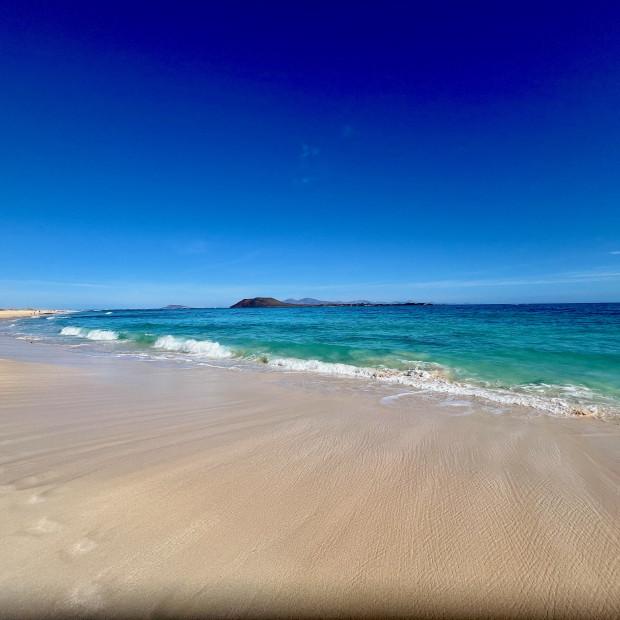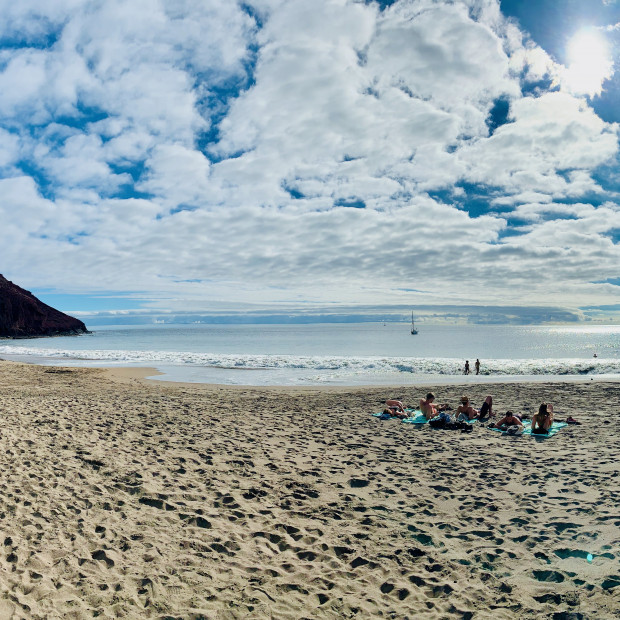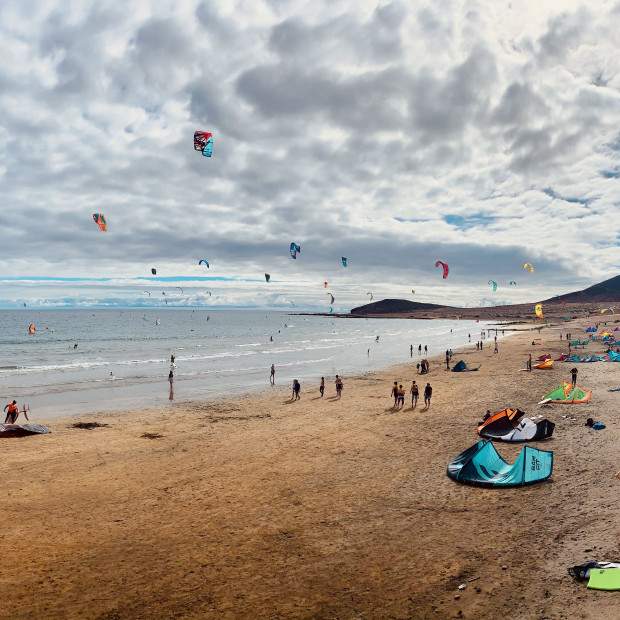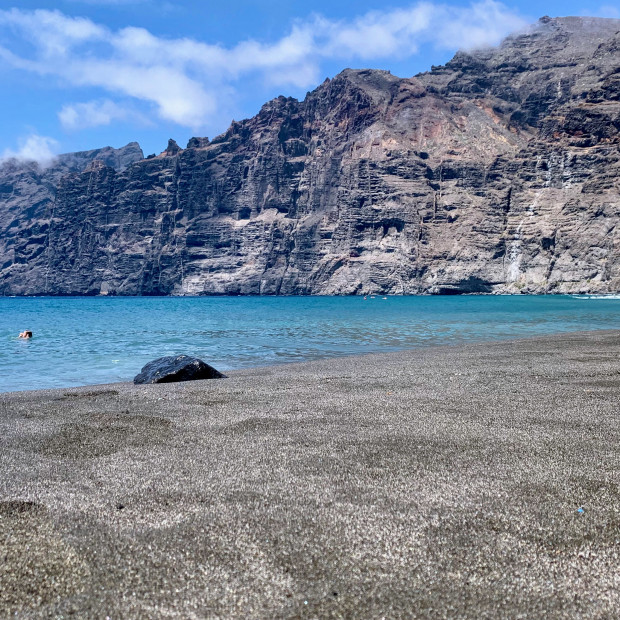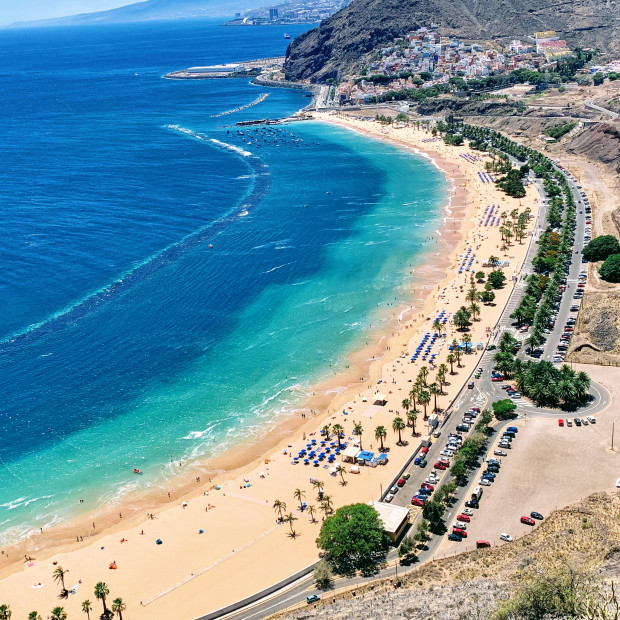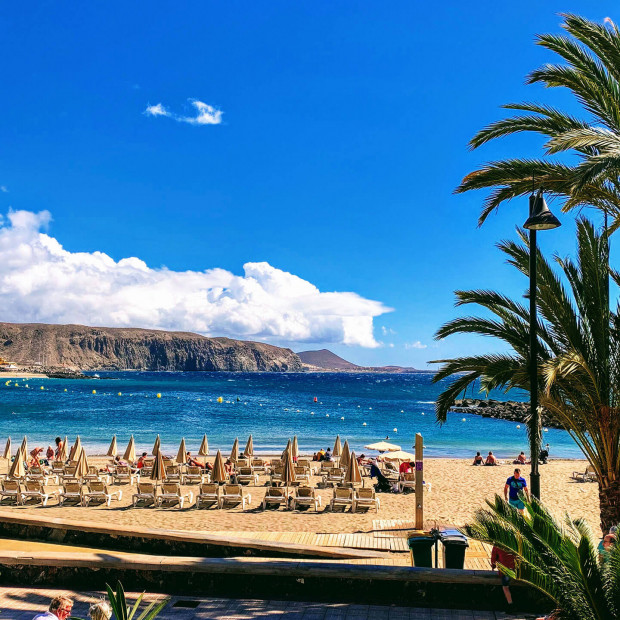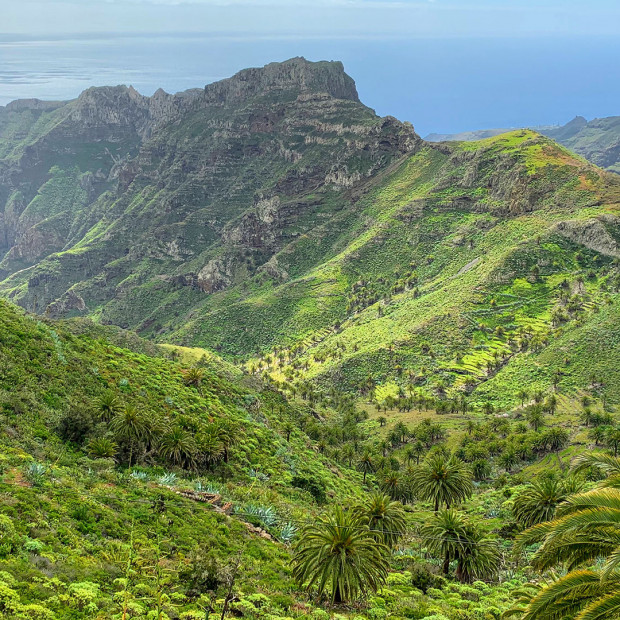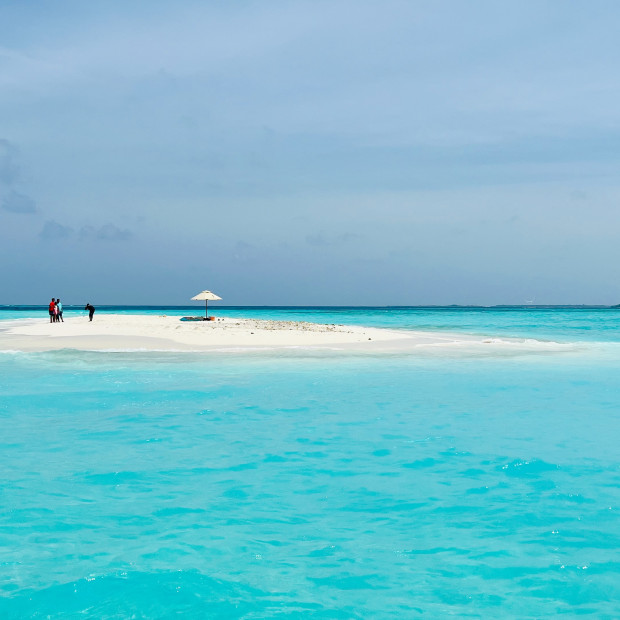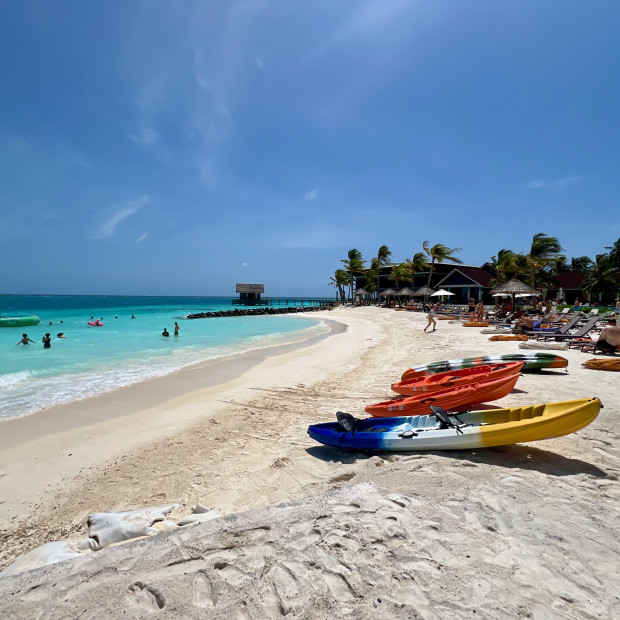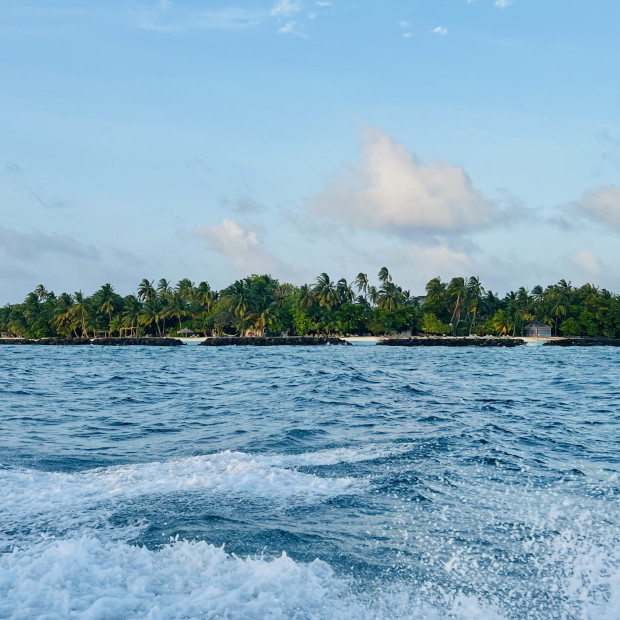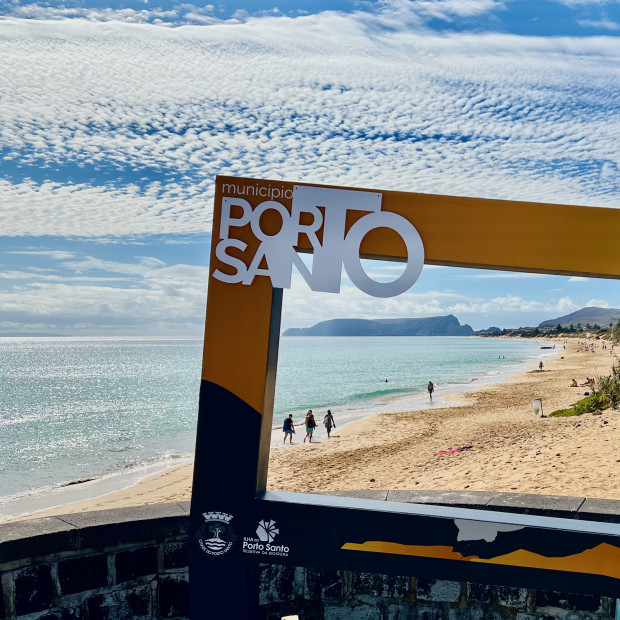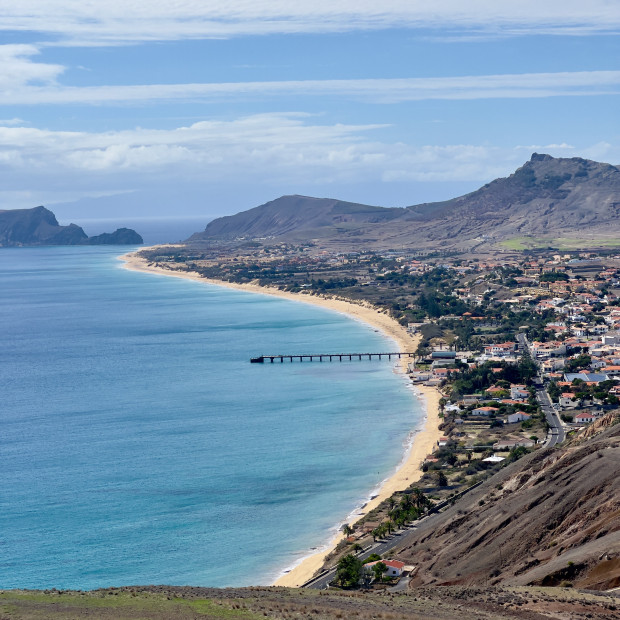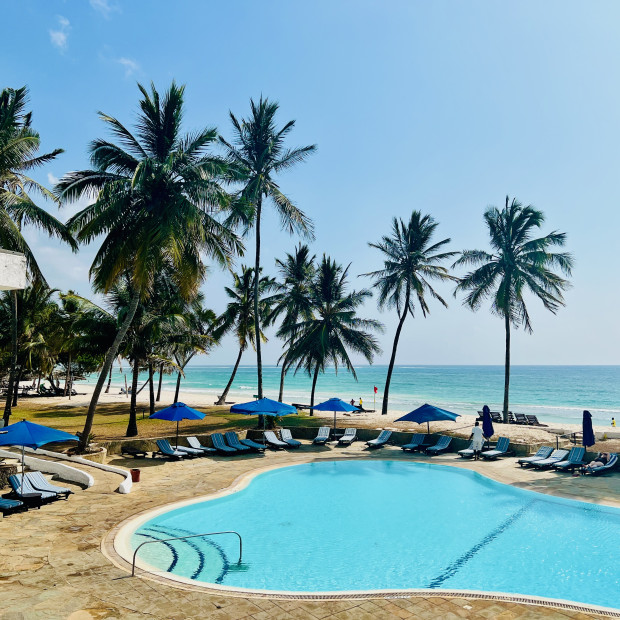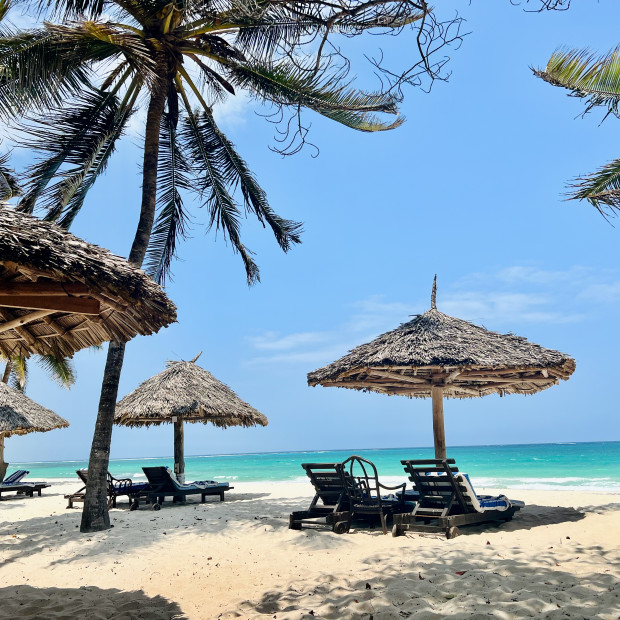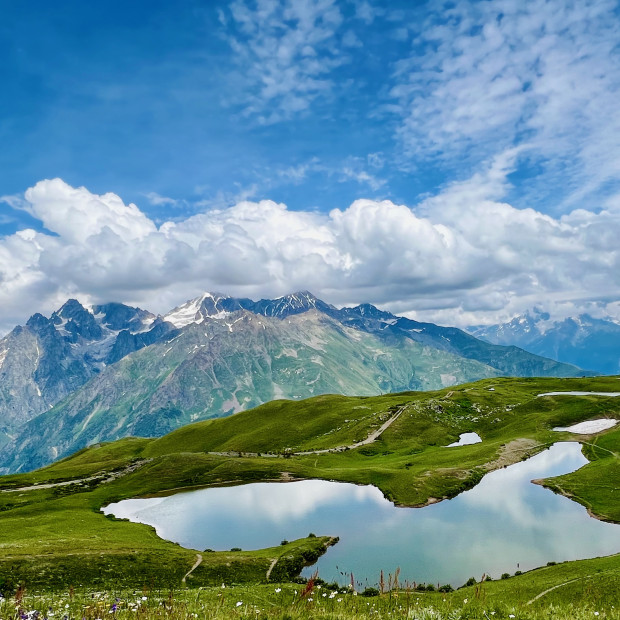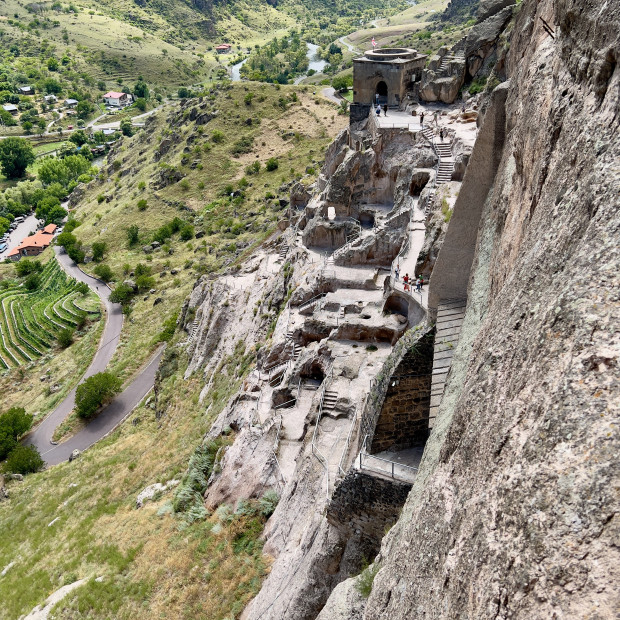About this place
Corralejo: Beaches and Dunes of Fuerteventura's Crown Jewel
The coastal region of Corralejo, situated on the northern tip of Fuerteventura in Spain's Canary Islands, is distinguished by its remarkable system of beaches and sand dunes that create one of Europe's most impressive coastal landscapes. This area combines pristine shorelines with an extraordinary desert-like environment just steps from the Atlantic Ocean.
The Corralejo Natural Park (Parque Natural de Corralejo) encompasses approximately 2,600 hectares of protected land, featuring an extensive dune system that stretches for roughly 10 kilometers along the northeastern coast. These dunes, formed from crushed seashells and marine sediments, create a striking golden-white sand terrain that contrasts dramatically with the turquoise waters offshore and the volcanic landscape inland.
Rising to heights of up to 50 meters in some areas, the dunes shift continuously under the influence of the prevailing trade winds that sweep across the island. This dynamic landscape bears a remarkable resemblance to the Sahara Desert, earning Fuerteventura comparisons to neighboring North Africa, which lies just 100 kilometers to the east.
The beaches of Corralejo range from the urban shores adjacent to the town center to the wild, undeveloped stretches within the natural park. Playa del Moro, Playa del Viejo, and the beaches of Grandes Playas offer visitors varying experiences, from sheltered coves to expansive shorelines. The coastline features both golden and volcanic black sand beaches, reflecting the island's diverse geological composition.
Water conditions vary along the coast, with the eastern shores typically experiencing calmer seas while the western and northern beaches face the open Atlantic, creating ideal conditions for water sports. Windsurfing and kitesurfing have become prominent activities due to the reliable trade winds, with numerous schools and rental facilities servicing enthusiasts from around the world.
The dune ecosystem supports specialized vegetation adapted to the harsh conditions, including thornless wax plants, sea grape, and various succulent species. This sparse but resilient plant life helps stabilize portions of the dune system while providing habitat for endemic insects, reptiles, and birds.
The waters offshore form part of the El Río marine reserve between Fuerteventura and the neighboring island of Lobos. This protected area hosts diverse marine life, from vibrant reef fish to occasional visits by dolphins and sea turtles, making it popular for snorkeling and diving.
Tourism development has proceeded unevenly around this natural treasure. While the town of Corralejo has expanded significantly since the 1980s with hotels and apartment complexes, the declaration of the natural park in 1982 has limited construction within the dune system itself. This has created a buffer between urban areas and the most pristine sections of the dunes.
Despite protection, the dune ecosystem faces challenges from tourism pressure, with thousands of visitors traversing the dunes daily during peak seasons. Conservation efforts focus on boardwalk systems and designated access points to minimize erosion and damage to sensitive dune vegetation while still allowing visitors to experience this unique landscape.
The interplay of golden dunes, azure waters, and the island's volcanic interior creates a photographer's paradise, particularly during the golden hours of sunrise and sunset when the dunes' rippling textures are dramatically highlighted by low-angle sunlight.

